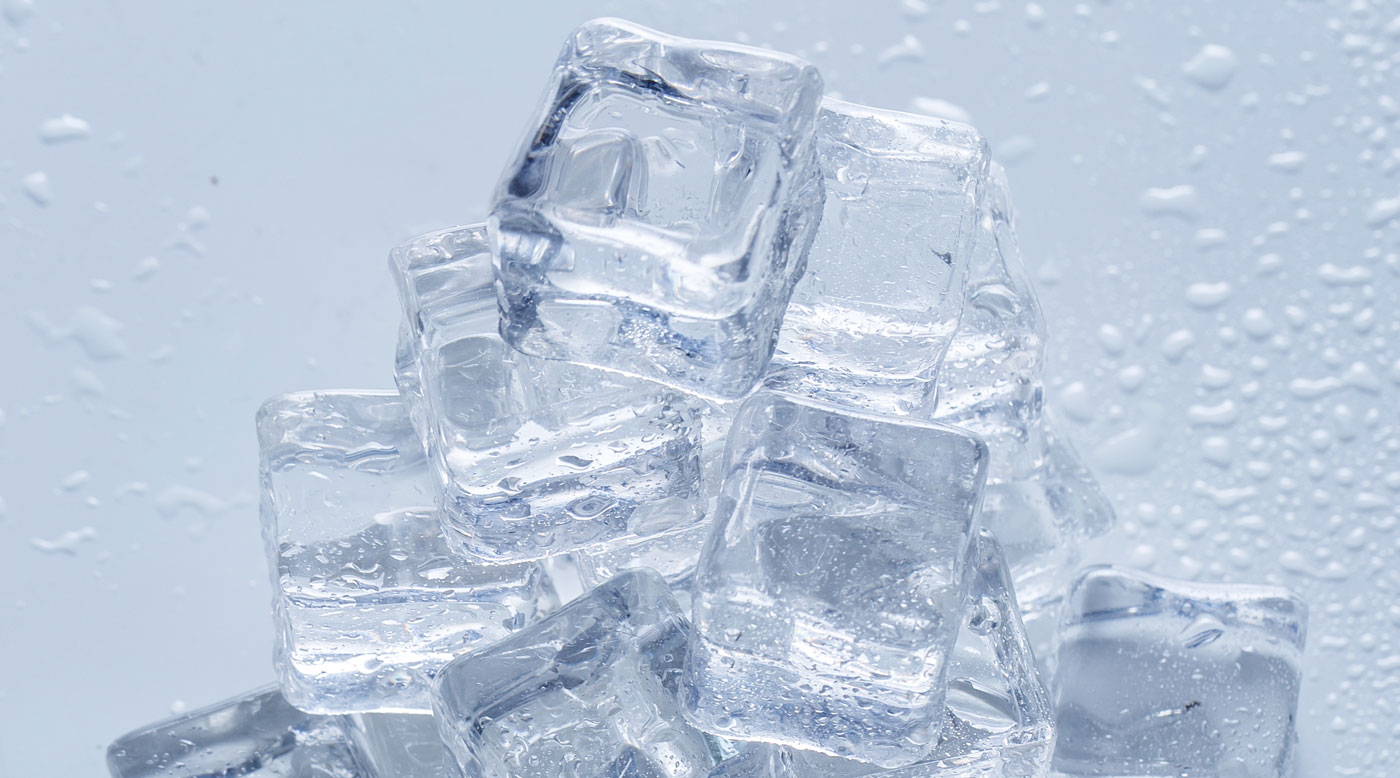By Ceres Chill

Understanding How Your Ceres Chill Chiller Works
If you’ve ever noticed your ice melting faster than expected, don’t panic! Your milk is likely at the perfect temperature, even if the cubes have melted. It’s all part of the Ceres Chill cooling process!
Why Is My Ice Melting Quickly?
There are a few reasons why your ice may be melting sooner than you expected:
-
Your ice is doing its job!
-
-
When you add 98-degree breastmilk, the ice transfers its cooling capacity (about 30 degrees) to bring your milk to a safe 40-50°F temperature. The high-quality copper lining and bismuth vacuum seal then maintain this temperature for 16-20 hours—even after the ice has melted.
-
-
You may be using too much water.
-
-
All you need is a tiny splash of water to help the ice settle. Too much water can speed up ice melting.
-
-
Your milk is still safe!
-
-
According to the Academy of Breastfeeding Medicine, breastmilk can be safely stored at up to 59°F for 24 hours.
-
Pro Tip: If you’re unsure, you can always add a few more ice cubes for extra peace of mind.
Maximizing the Chilling Power of Your Ceres Chill
-
Ensure ice touches the bottom of the inner chamber. The ice and water don’t need to surround the inner chamber—if the ice is touching the bottom, your Chiller is doing its job.
-
For extra-long shifts, try the outer chamber storage method. If you have super-long travel days or extended work shifts, consider freezing the inner chamber. If you have a legacy OG (purchased before October 2025), please upgrade to a freezable chamber if you'd like this feature.
Is Your Chiller’s Vacuum Seal Intact?
Occasionally, if your chiller takes a really hard drop or fall (or was damaged during the shipping process), the vacuum seal that keeps your chiller super cold and insulated might break. This doesn’t
happen often (your chiller is built to be tough), but it’s easy to check if the seal is still working.
What you’ll need:
-The outer chamber of your chiller
-The lid and opaque cap
-Ice
Steps to test your chiller:
1. Add about 1 cup (or 1 opaque cap full) of cubed ice to the outer chamber of your chiller.
2. Put the lid on and leave it on your counter overnight (8–12 hours).
3. Check in the morning:
- If there’s still ice cubes, the vacuum seal is intact! 🎉 (some water is normal, but you should still be able to see small pieces of ice left)
- If the ice has completely melted, the seal is likely broken.
Why This Matters: Unlike other coolers, Ceres Chill uses a non-toxic bismuth seal instead of lead. While this ensures safety for infant use, the seal can be broken under extreme conditions.
If you suspect your vacuum seal is damaged, reach out to us immediately!
Check out our Science page to learn more about the chilling capacity of our breast milk chiller — even when the ice is fully melted!
